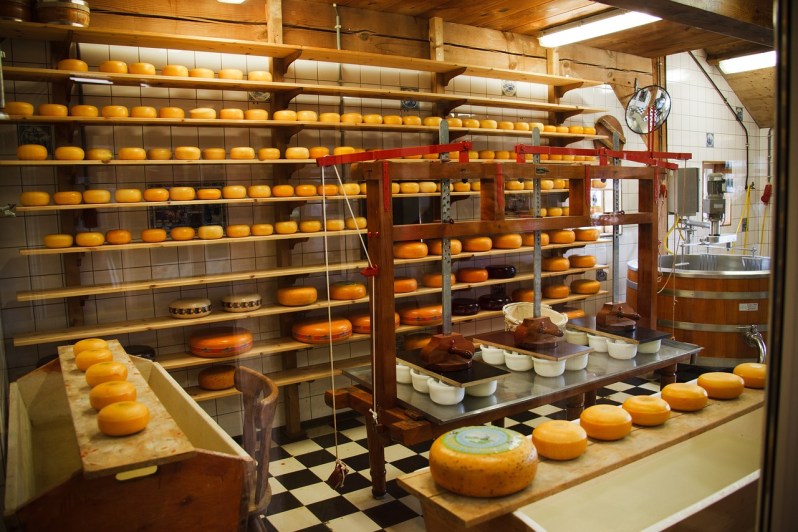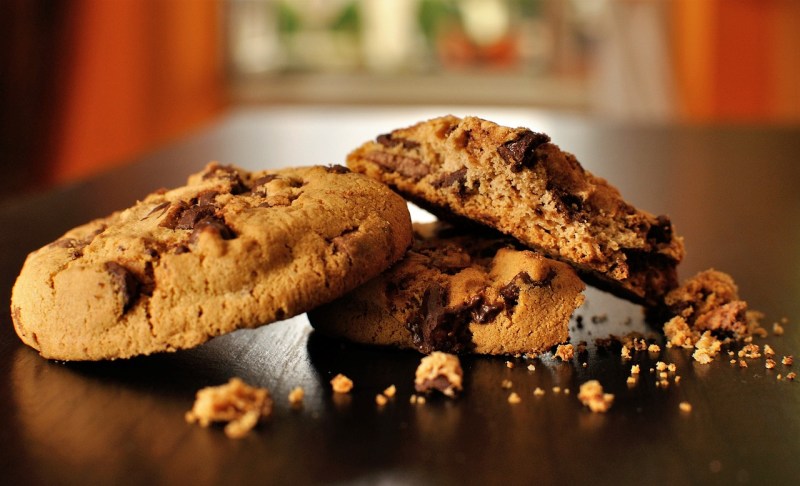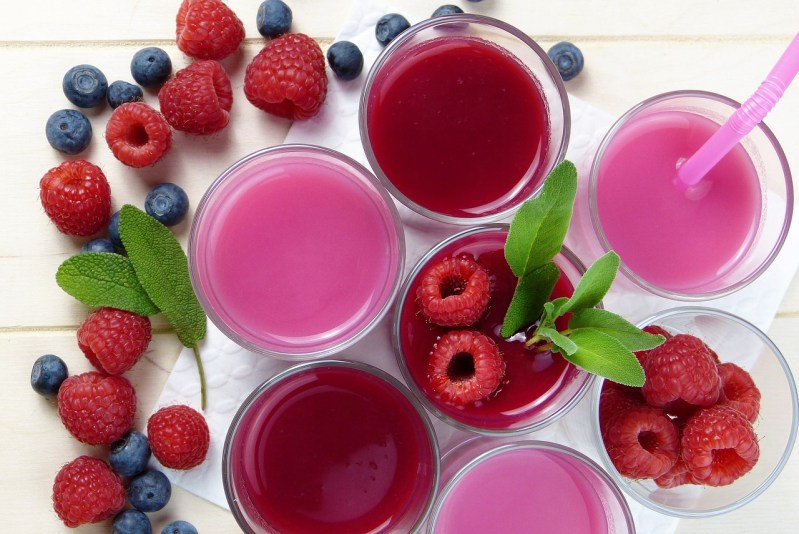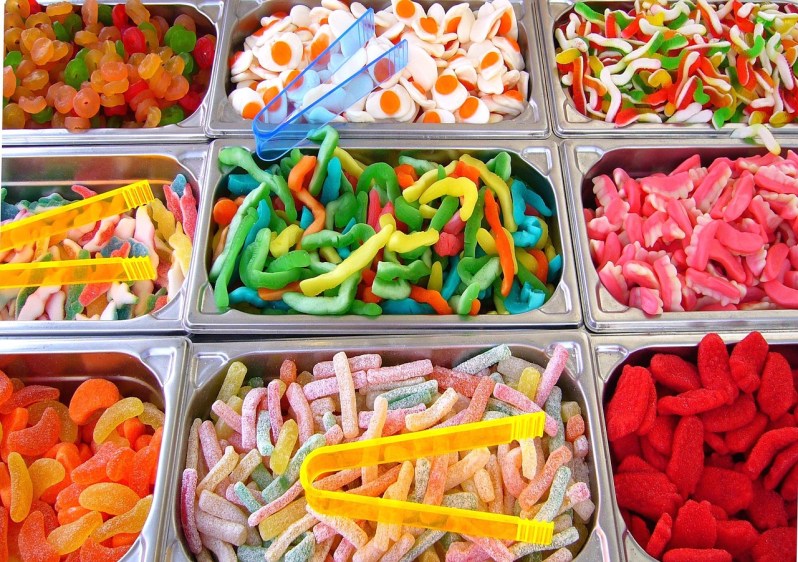When it comes to processed foods, finding the right balance is of paramount importance. Processed, unhealthy foods, often deemed unavoidable in our fast-paced lives, can indeed play a role in meeting our daily nutritional requirements, provided they are approached with vigilance. Surprisingly, many individuals following various forms of Western diets unwittingly incorporate ultra-processed foods into their daily meals, unlike those who follow a more whole-food way of eating, like the Mediterranean diet.
The extent of what qualifies as an ultra-processed food might shock you, and if you frequently opt for on-the-go dining, you might come across them more often than you think. In this article, we explore the topic of processed and ultra-processed foods, highlighting their significance and impact on our overall health.

What are processed foods?
Processed foods encompass a wide range of products that have undergone various alterations from their natural state. According to the US Department of Agriculture, these changes can include washing, cutting, cooking, freezing, or adding various ingredients to enhance flavor and shelf life. It’s important to note that not all processing is inherently harmful; in fact, many minimally processed foods, like frozen vegetables or roasted nuts, can be part of a balanced diet. The key is to be mindful of the extent and nature of processing, as some methods strip essential nutrients while introducing additives that may be detrimental to health. In the following sections, we will explore the different degrees of food processing, with a particular focus on the often-overlooked category of ultra-processed foods.

What are ultra-processed foods?
A distinct category of processed foods, ultra-processed foods include the highest level of processing available. Often hidden in prepackaged and ready-made meals, these foods are found in many unexpected places.
Foods are classified based on how industrially processed they are based on the NOVA food category system. Foods are divided into four categories: unprocessed or minimally processed foods, processed culinary ingredients, processed foods, and ultra-processed foods. As a result, a comprehensive assessment of food processing and its potential health effects can be made.
Ultra-processed foods are industrial formulations that typically do not contain any whole foods. Think of sugary breakfast cereals, microwaveable dinners, sweetened beverages, and heavily processed fast food items. These items are designed to be incredibly tasty, convenient, and long-lasting on the shelf.

8 ultra-processed foods that you didn’t know were ultra-processed
Protein powders
If you want to build muscle, protein is the way to do it. But did you know that protein powders are considered ultra-processed foods? This is due to their extensive industrial manufacturing process. These products often contain isolated protein compounds, artificial flavors, sweeteners, and various additives. These ingredients are combined to create a product that is far removed from its whole-food sources, which is a sign of ultraprocessing.
Fruit juices
Because fiber and natural sugars are removed from fruit juices, they are ultra-processed. While fruit is an important aspect of healthy meals, these products often contain added sugars or sweeteners and are frequently processed with preservatives and flavorings. Bottled smoothies are also ultra-processed because they are often preservative-filled and contain added sugar. These products often contain more calories and carbohydrates than their unprocessed counterparts.
Faux meat
Faux meat products, like plant-based burgers and chicken nuggets, are ultra-processed as they are created from highly refined ingredients such as isolated proteins, oils, and various additives to mimic the taste and texture of meat. These products are often high in saturated fat, sodium, and artificial ingredients. Additionally, products like veggie patties can contain more calories and carbohydrates than their unprocessed counterparts. Eating too much of these ultra-processed products can increase weight and contribute to health problems.
Sugar-free ingredients
Sugar-free products are typically ultra-processed as they replace sugar with artificial sweeteners and additives, altering the food’s natural state for a specific taste without nutritive value. Ingredients like erythritol, for example, are low-calorie sweeteners that can be used in a variety of products, such as ice cream, candy, and baked goods. However, these sweeteners have been linked to digestive issues and other health problems.
Packaged breads and grains
Not all bread is created equal. Sourdough bread, for example, offers many health benefits, while heavily processed products like hamburger buns and hotdog buns are low in nutrients. Whole grains are minimally processed and retain their nutritional value, but refined grain products, such as white bread or cereal, are ultra-processed, removing essential nutrients and adding additives.
Spreads
Ultra-processed spreads like margarine often contain trans fats, emulsifiers, and artificial flavorings, transforming natural ingredients into a less nutritious product. These additives can be harmful to your health and should be avoided. Healthier options include natural spreads like nut butter or hummus. Look for spreads with no added sugars or preservatives.
Energy drinks
Energy drinks are considered ultra-processed due to their high caffeine and sugar content, along with added artificial colors, flavors, and stimulants. Both full sugar and sugar-free versions are considered ultra-processed and can be harmful, especially if consumed regularly. Energy drinks should be avoided and replaced with healthier options such as green tea, herbal tea, or water.
Processed meats
Processed meats, such as some hotdogs, sausage, and bacon, are ultra-processed as they involve curing, smoking, and additives to prolong shelf life, but these processes often reduce the food’s nutritional quality. Eating processed meats has been linked to an increased risk of cancer, heart disease, and other chronic conditions. Healthier alternatives include lean beef, chicken, and fish.
Our food choices are often influenced by convenience, but healthy food doesn’t have to be hard to come by. You can make better choices by understanding the difference between healthy and unhealthy options. Eating a healthy diet is key to maintaining a healthy lifestyle. Eating fresh, unprocessed foods is the best way to stay feeling your best. Next time you pick up something at the supermarket, take a moment to check the ingredients and nutritional information and consider healthier options whenever possible.




